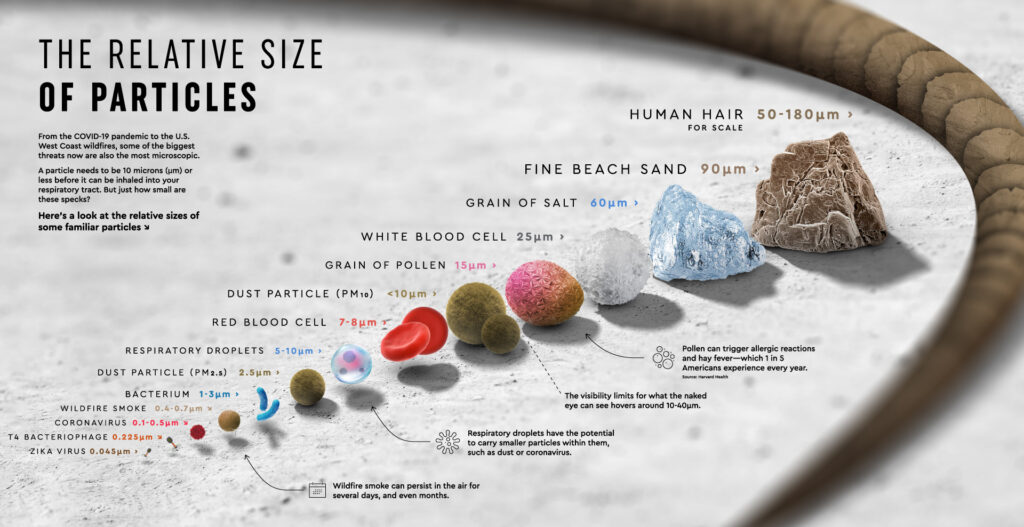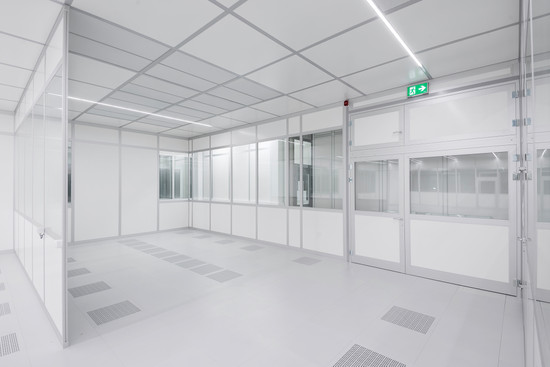PRESSURIZATION
Pressurization is crucial for many users to maintain a positive pressure inside a space, preventing the ingress of airborne contaminants like dust, sand, and hazardous gases through openings like doors and cracks. However, obtaining sufficiently clean air for pressurization can be challenging and costly for many users.
Some installations employ media or other filtration methods to clean the pressurizing air, but this introduces the costs and complexities associated with filter replacement and maintenance.
For certain users, these expenses can become so prohibitive that they opt not to pressurize their enclosures at all, finding it more cost-effective to clean or replace the equipment they intend to protect.
- Unlike traditional methods, ACBs clean cooling air without the need for filter media, ensuring optimal performance with minimal maintenance.
- Download our chart to figure out what Ratio of Feed Air Entering Compressor vs. High-Pressure Air out of Compressor you need! Download Chart – Ratio of Feed Air Entering vs Air Out of Compressor
PRESSURIZATION AND ACB TESTING
- ACBs are designed to be safe for use in environments with hazardous dusts and gases, including Division/Zone 1 or Division/Zone 2 areas. This makes them suitable for purging and pressurizing control rooms, petrochemical plants, munitions storage and manufacturing facilities, and grain elevators.
- Independently tested at a recognized filter-testing laboratory, our ACBs have proven to remove up to 98%+ of dust and other particles from the air. They effectively eliminate particles larger than 10 microns and remove about 40% of particles down to 3 microns. Future models will consistently remove sub-micron contaminants, making them suitable for use in data centers and clean environments.

THE AIR CLEANING BLOWERTM
- Air Cleaning BlowersTM (ACBs) offer significant cost savings by reducing maintenance, power, and other operating expenses in various applications. These savings can sometimes justify pressurizing and ventilating enclosures that would otherwise be uneconomical to protect using conventional filtration and pressurization systems.
- ACBs work by pulling dirty air into their housings, where specially designed impellers use the momentum of contaminants to separate them from the air and eject them back into the atmosphere. This process continues without the need for filter elements or media maintenance.
- In contrast, media filters trap contaminants, leading to clogging and increased maintenance needs. As they clog, media filters impede airflow, requiring the blower to work harder and consume more power to maintain the same airflow and pressure. ACBs avoid clogging, resulting in reduced maintenance and eliminating fluctuations in airflow, pressure, and power consumption, making it easier to design optimal systems.

